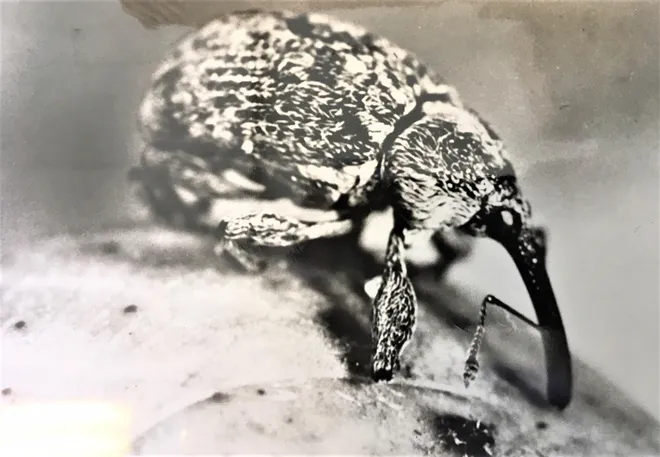Today I'm continuing the brief but interesting phase of what was called "paper quilts" by journalists. Although I've never read a book that mentioned the phrase per se, I found enough newspaper articles to draw a fairly good rendering.
There is always a lot of talk about what folks used as batting in their quilts. Years ago, quilt historian Xenia Cord did an article for AQSG on unusual things found inside of old quilts--the most memorable item being a mid-century rubber bath mat. Beth and I found in one of my quilts, a part of a pieced petticoat and a cut-up child's sailor shirt:
The petticoat
But these items (I always assumed) were used as necessity--items that were ingeniously upcycled by quilters to keep their families warm with what they had on hand.
Paper quilts on the other hand seemed like a genuine fad. It was repeatedly published as a viable type of quilt batting from the late 19th century until the early 20th century.
I wanted to know why.
The main reason may have been because of cotton crop failures. Beginning in the 1890s, crops were devastated by the boll weevil which first destroyed cotton in Texas and gradually spread throughout the south.
The boll weevil feeds on the buds and flowers of the cotton plant. The above photo was taken when the insect invaded Georgia in 1919. Below is a map published that illustrated the path and dates of the insect:
It doesn't take an economist to realize that shortages created higher prices. Perhaps that is one reason newspapers continued to report about this type of batting.
Many articles cited that paper quilts were warm:
My theory on this is that paper is not unlike polyester. Cotton is "breathable"; polyester is not which makes it warmer. Possibly paper shares the same properties (?). It didn't hurt that paper was a cheaper alternative either.
By the time World War 1 broke out, quilts using paper batting were reported in Canada, England, and other countries. This was partially due to the lack of importation of cotton to Europe. Here in the United States, a variety of articles cited that one could use newspapers for a variety of purposes.
As for the claim by the paper quilt manufacturer (posted yesterday) that it was more hygienic to use paper quilts than traditional quilts--well I am sure that was just marketing. I couldn't find a single article that explained how one cleans a paper quilt (although as the article states above, one could replace the quilt).
Still, it seems like paper was often used during this time period. When I googled the subject, I found a lot of quilters and historians who knew of newspapers and paper being used for batting (see here).
Why was the practice abandoned? Well I'm wondering if the technique was used again during the Depression. Can't you just hear someone saying, "Grandma used paper for her quilts way back when..." But--I haven't found any documentation for this. It isn't like we see a lot of quilts with paper batting inside of it. In all likelihood, paper quilts didn't survive the test of time as utilitarian quilts often do not.
Probably most significant was that in the early 20th century, newspapers also began to suggest using a blanket of flannel or wool in the center of one's quilt:
This technique I've frequently seen in old quilts and you probably have too if you study quilt history.
One last thing that makes me catalog "paper quilts" as a fad--the inclusion of the technique into humor. Here is a popular syndicated joke that brings new meaning to the term "bed and breakfast":
Tomorrow is Friendship/Flower Friday. If you have anything to share, please email me at allentownquilter@gmail.com
Have a safe and happy day!










No comments:
Post a Comment